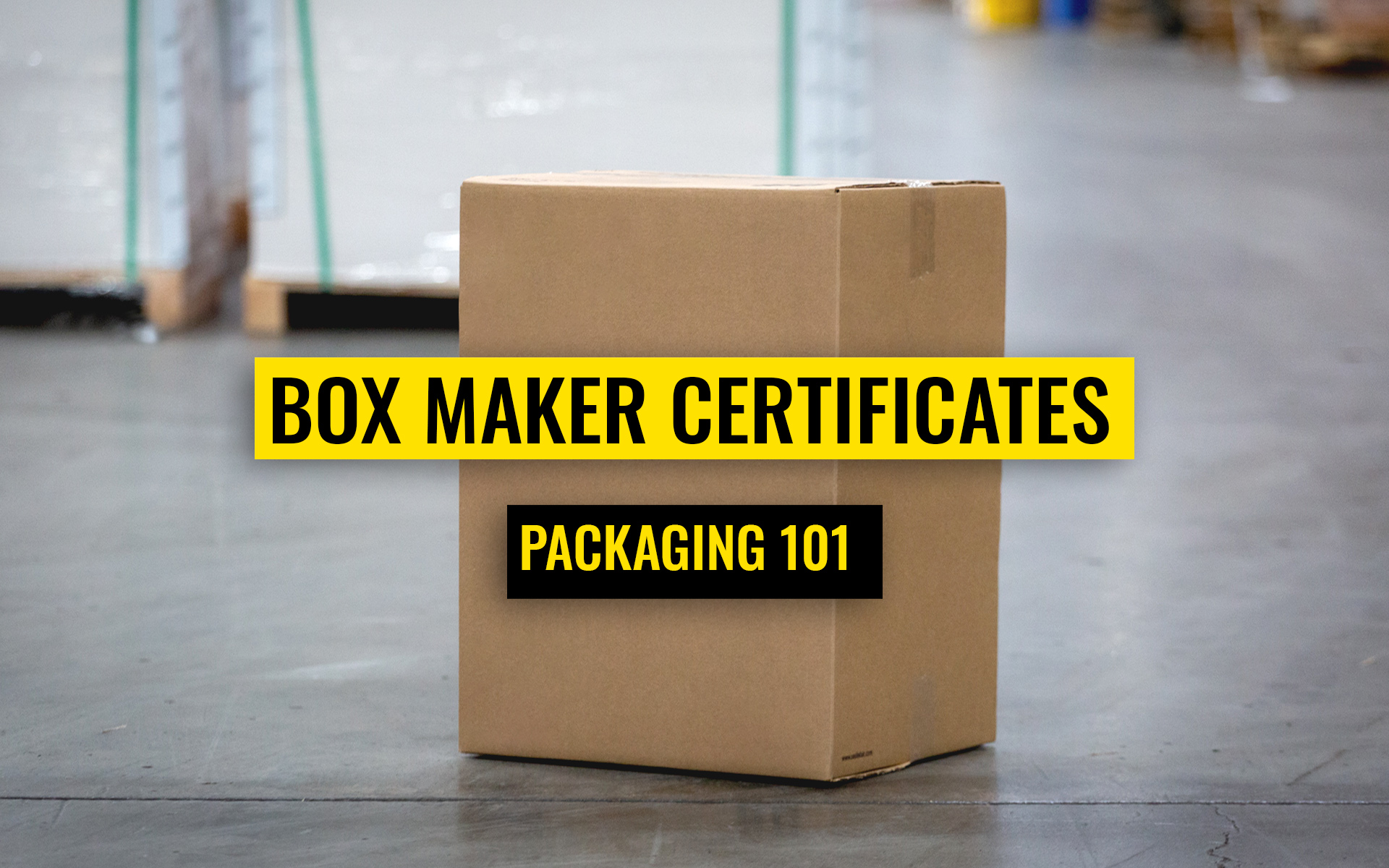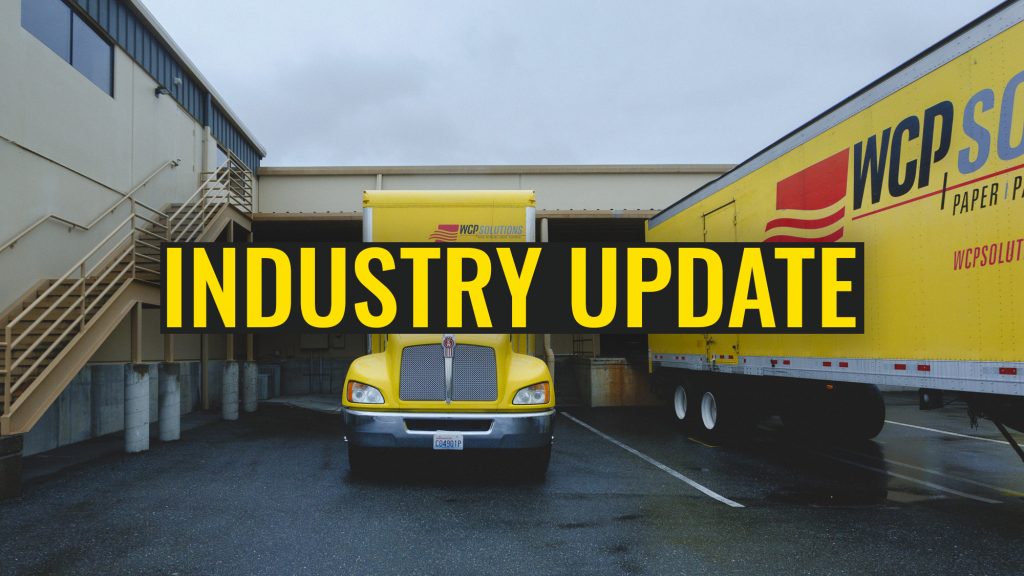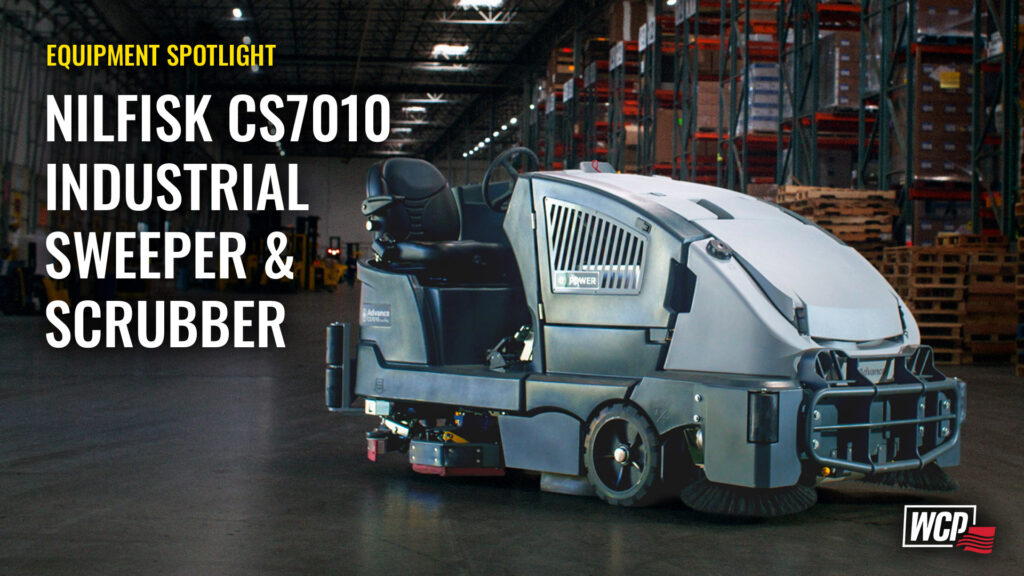Packaging 101: Box Maker Certificates

What are Box Manufacturer’s Certificates? Why are they important?
Have you ever been taping up a package and noticed all the stamps and words on the bottom of the box? Well, it turns out that all of that information we often look past is actually a key part of shipping your packages in a safe and controlled way. With the help of our suppliers, we aim to give our customers great explanations for these questions to understand the certifications better and why
What Box Manufacturer Certificates are:
Box Manufacturer Certificates are images printed on a box (typically on the bottom) to tell the user that the product is complying with the rules and regulations set by the National Motor Freight Traffic Association (NMFTA). This mark can also be called a cert stamp, which acts as the guarantee made by the box maker or organization to ensure that the box meets NMFTA standards. This guarantee allows the carrier (trucking company) to accept liability for any damage to the product in transit.
The Different Kinds of Marks:
There are two types of Box Marks: a Mullen (or burst) stamp and an edge crush (or ECT) stamp. A cert stamp, regardless of if it is a Mullen or ECT, specifies the maximum dimensions and weights for the box to be valid. One thing that separates a Mullen from an ECT is the specification of a minimum combined weight of the liners comprising the combined board. If the material meets either the Mullen or ECT value stated and complies with the maximum dimensions and weight, the carrier will accept liability.
The Mullen Test (Burst Test): In a nutshell, this test measures the box’s durability – if your box experiences significant rough handling or is at risk of being punctured either from outside forces or from the product inside. Mullen is the combination of measuring the tear and tensile strength of a box, so measuring the force required to puncture through a liner or combined board.
The Edge Crush Test (ECT): ECT is the max compression force that a sample will sustain along the flutes before it collapses. It is determined by the strength of all the papers within the board, including the corrugated medium. These papers make up a bulk material property that fills up the fluted structure of the combined board – it is a significant contributor to overall box compression strength. If your boxes are unitized, ECT is a critical property.
Why It’s Important:
When choosing what properties to focus on, think about what you typically put in boxes and what will be packed in the box, the total weight of the package (including its contents), the inner and outer dimensions of the box, and how you’re planning to stack and ship it. Every box can be measured for both its ECT and Mullen values. Depending on what distribution environment your box is about to go through, helps to determine which stamp you need to certify your box to.
Looking for boxes and packaging? Contact our packaging team and check out our stock box guide to get started.

